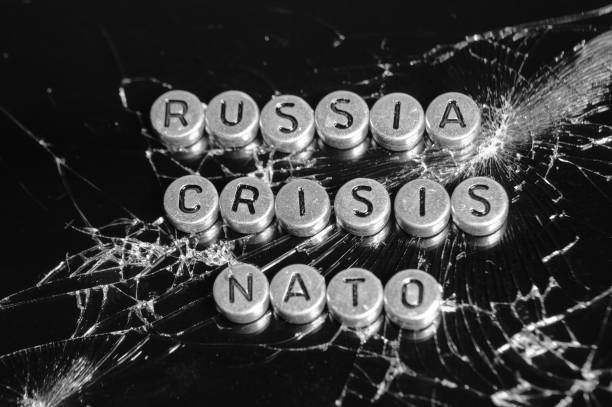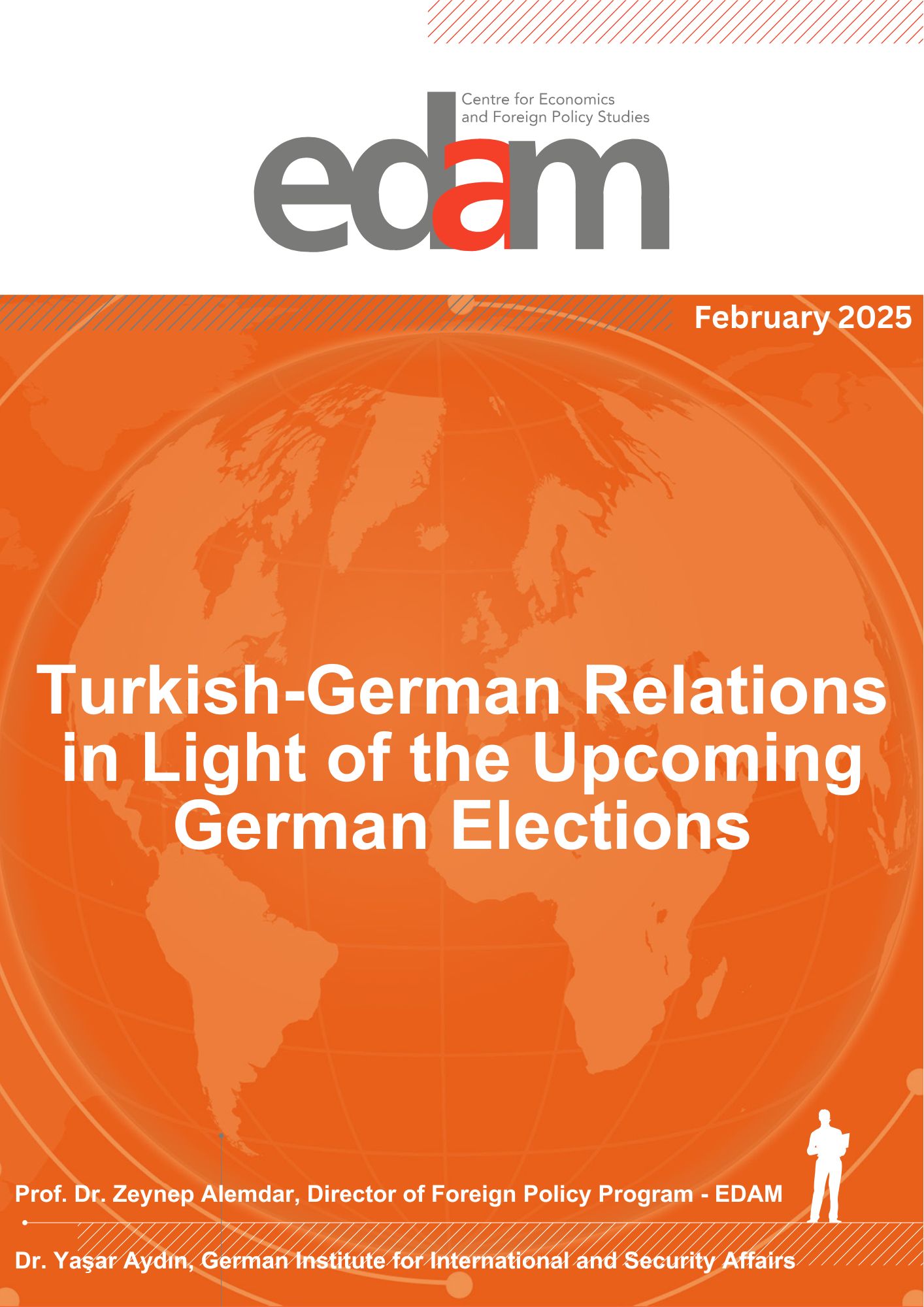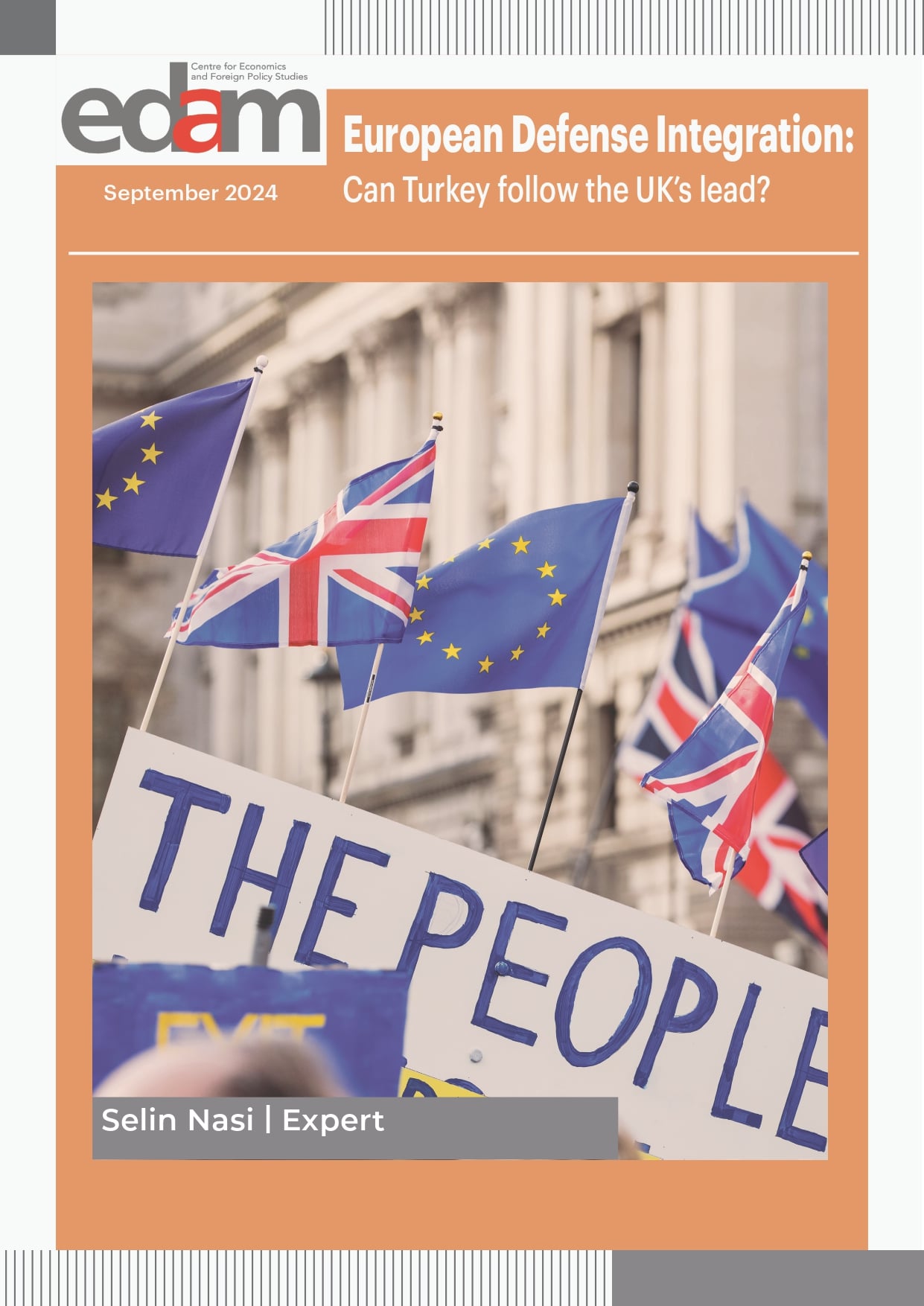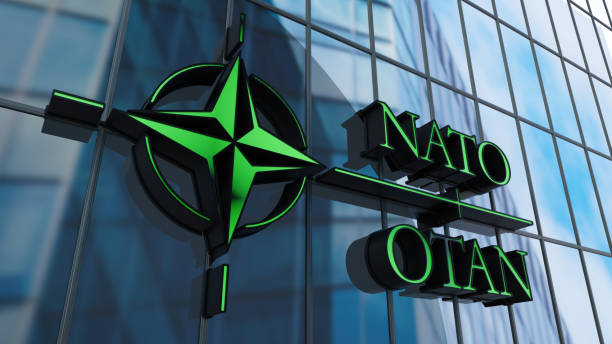
Türkiye and the Russian Military Threat to NATO
A wounded bear still has claws
Russia’s military troubles in the initial stages of its expanded war against Ukraine in 2022 prompted a wave of military analysis describing the Russian military as far weaker than had been previously thought, and asking how the West got it so wrong. Two years into the war, though, Western analysts have again been surprised by how quickly Russia was able to overcome massive losses and rebuild and retool its forces—again raising the specter of outright Russian military victory. By dramatically increasing defense budgets, adapting to the lessons of the battlefield, and drawing on a defense-industrial alliance with China and Iran, Russia reconstituted its forces in a manner that threatens to destabilize Ukrainian defenses—and might have recovered enough capability to cause real concern about NATO defenses elsewhere.
This should prompt leaders in NATO capitals to ask whether the Alliance is currently capable of deterring or defeating Russia on the battlefield. It is no simple question. War is a matter not just of aggregate economic output, but also of national will, alliance cohesion, geography, and combat readiness. Over the past two years, Russia has learned important lessons from the war and has managed to partially transform its armed forces to meet the operational requirements of the digital age. Through the invasion, the Armed Forces of the Russian Federation have developed a strong—though costly—conventional warfighting capability and an established command structure. When critical capabilities—such as mobilization, medical evacuation and treatment, and the development of the defense industry—are factored in, the experience the Kremlin has gained from the Ukrainian battlefield could have critical implications for NATO’s collective defense.
De facto alliances that have emerged alongside the war also carry important warning signs. Russia’s collaboration with Iran and the contributions of China and North Korea to the Russian war effort are important harbingers of a new global security landscape. Compared to the World War II Axis or the former Warsaw Pact of Soviet times, this axis could pose a more effective and powerful threat to the West in relative terms. The resources and global power of the coalition in question are much greater than those of the former Soviet Union. It will be no simple matter to establish a balance of power with such a grouping or deterrence against it. Among other things, it will require Alliance members to do more to leverage the growing strength of one of the Alliance’s heavy hitters in economic and military affairs—Türkiye*—than has been done to date.
Note: This post was first published at www.atlanticcouncil.org.








